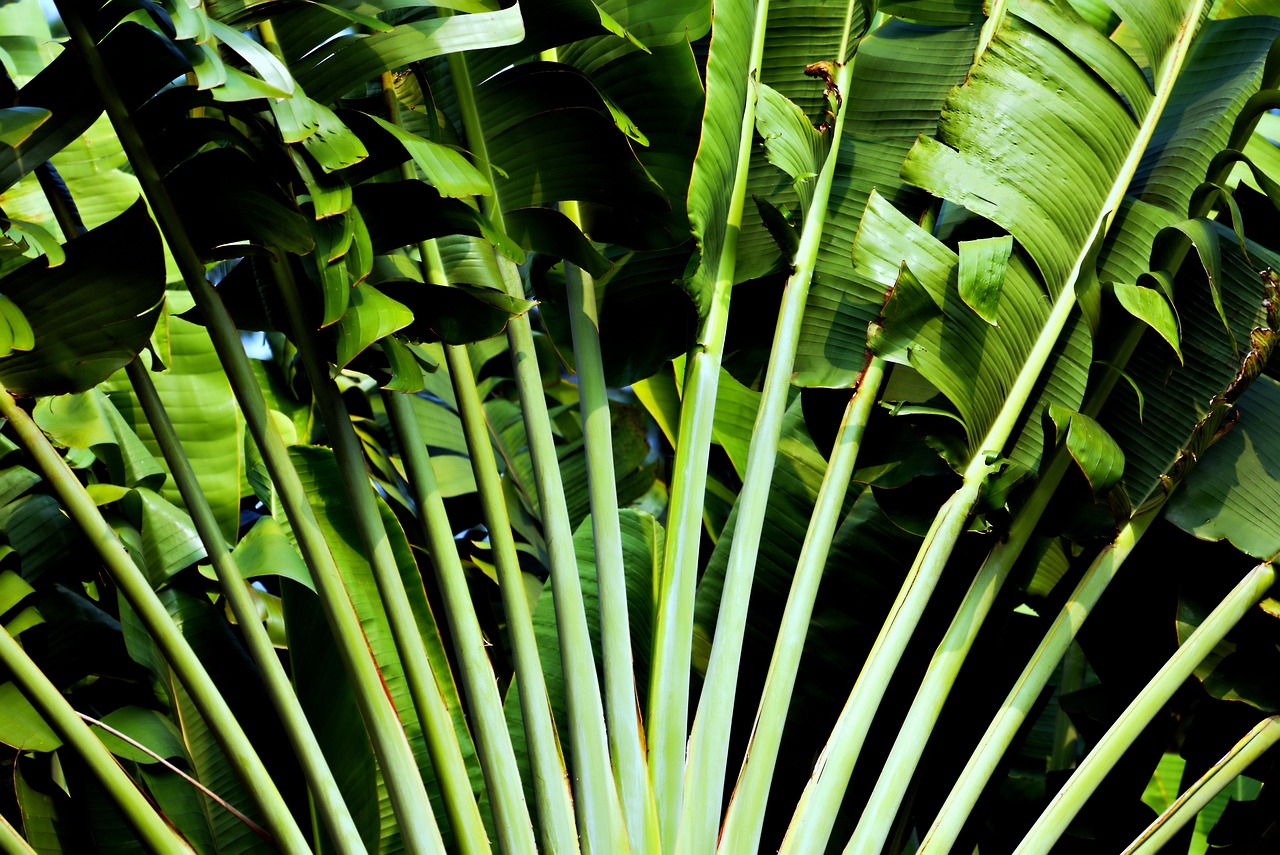Understanding Low Light Tropical Plants
What Are Low Light Tropical Plants?
Low light tropical plants are species that thrive in shaded or dimly lit environments. They are often found in rainforests, where they receive filtered sunlight through the canopy. These plants are perfect for indoor spaces or areas with limited natural light. Read Interesting article: How to Thrive with Low Light Tropical Plants Indoors
Common Types of Low Light Tropical Plants
Some popular low light tropical plants include:
– **Snake Plant**: Known for its tall, upright leaves and air-purifying qualities.
– **Pothos**: A hardy vine with heart-shaped leaves that can tolerate low light.
– **ZZ Plant**: Notable for its thick, waxy leaves and resilience to neglect.
– **Peace Lily**: Recognized for its beautiful white flowers and ability to thrive in low light.
– **Cast Iron Plant**: Extremely tough, it can survive in various conditions.
Benefits of Growing Low Light Tropical Plants
These plants bring numerous benefits, including:
– **Air Purification**: They filter out toxins and improve indoor air quality.
– **Aesthetic Appeal**: Low light tropical plants can enhance the beauty of any room.
– **Easy Care**: Many require minimal maintenance, making them ideal for busy individuals. Best Practices for Maintaining Low Light Tropical Plants
Identifying Common Problems
Signs of Poor Health in Low Light Tropical Plants
Identifying issues early can save your plants. Look for:
– Yellowing leaves
– Drooping or wilting
– Stunted growth
– Leaf drop
Common Issues Faced by Low Light Tropical Plants
#### Leaf Discoloration
Yellow or brown leaves can indicate various problems, from overwatering to nutrient deficiencies. It’s crucial to assess the cause to prevent further damage.
#### Stunted Growth
If your plants are not growing as expected, it may be due to inadequate light or poor soil quality. This can hinder their overall health and vibrancy.
#### Leggy Growth
Plants that become elongated and sparse are usually searching for light. This can result in weak stems and an unattractive appearance.

#### Pest Infestations
Pests like spider mites, aphids, and mealybugs can wreak havoc on your plants. Regularly inspect leaves and stems for signs of these unwanted visitors.
#### Mold and Fungal Issues
Too much moisture can lead to mold and fungi, causing rot and other health issues. Proper air circulation is key to preventing these problems.
Causes of Problems in Low Light Tropical Plants
Insufficient Light Exposure
Low light plants may still need some indirect sunlight. If they aren’t getting enough light, their growth can suffer significantly.
Watering Issues
#### Overwatering
Too much water can lead to root rot, a common problem in tropical plants. Always allow the soil to dry out before watering again.
#### Underwatering
Conversely, underwatering can cause stress, leading to drooping leaves and stunted growth. Ensure a regular watering schedule.
Nutrient Deficiencies
Lack of essential nutrients, such as nitrogen or potassium, can cause poor growth and discoloration. Regular fertilization helps maintain healthy plants.
Temperature and Humidity Factors
Tropical plants prefer warm, humid environments. If your home is too cold or dry, it can negatively impact their health.
Troubleshooting Techniques
Adjusting Light Conditions
Find a balance by moving your plants to a spot with bright, indirect light. Consider using grow lights if natural light is insufficient.
Watering Best Practices
Always check the soil moisture before watering. Use pots with drainage holes to prevent excess water from accumulating.
Fertilization Tips
Use a balanced, water-soluble fertilizer every few months. This provides essential nutrients to support growth.
Managing Temperature and Humidity
Keep your plants in a warm area away from drafts. Increase humidity by misting them or placing a water tray nearby.
Preventive Measures for Healthy Growth
Choosing the Right Varieties for Low Light
Select plants specifically suited for low light conditions to reduce the risk of health issues.
Regular Maintenance and Care Tips
Regularly clean leaves to remove dust and check for pests. This helps keep your plants healthy and thriving.
Monitoring for Pests and Diseases
Keep a close eye on your plants for any signs of pests or diseases. Early detection makes treatment easier and more effective.
Frequently Asked Questions (FAQs)
Can all tropical plants thrive in low light?
Not all tropical plants can handle low light. Choose varieties known for their low light tolerance.
How often should I water my low light tropical plants?
Water when the top inch of soil feels dry. This varies with conditions but generally every 1-2 weeks.
What is the best fertilizer for low light tropical plants?
A balanced, water-soluble fertilizer is ideal. Look for ones with equal ratios of nitrogen, phosphorus, and potassium. Top 5 Common Issues with Low Light Tropical Plants
How can I increase humidity for my plants?
Increase humidity by misting plants, using a humidifier, or placing a tray of water nearby.
